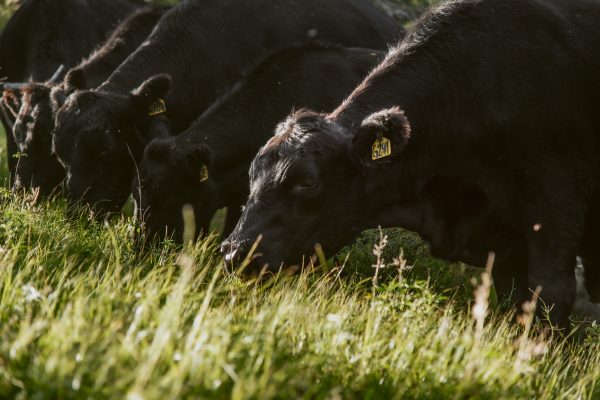 Newsletter from October 12, 2014
Newsletter from October 12, 2014
We’ve been enjoying golden fall days in the Pahsimeroi. It’s been in the 70s all week during the day, with fairly extreme temperature swings during the night that leave frost nearly every morning. It’s time to keep a close eye on the calves born over the last few months…sometimes the extreme temperature swings can bring a little pneumonia on, so one of us rides through them daily on their 480 acre pasture, keeping an eye out for anybody that’s a little off.
The grass is soft and lush as we put our yearling beeves on bigger and bigger pastures. We give them a new break of fresh nearly every day, keeping an intensively watchful eye toward overabundance of alfalfa. On frosty mornings, too much alfalfa can cause harm to the cattle because of the cold’s effect on plant metabolisms, so we are careful to have them graze just the right amount to optimize gain and their health. Sometimes, managing their alfalfa consumption is kind of like leaving your kids in an ice cream shop with $20 instead of eating breakfast. When you get back to pick them up, they may be holding their bellies, writhing on the floor instead of greeting you at the door.
I got into a discussion about the raising of grass fed beef at one of our stores in Montana last week. The gentleman I was speaking to said that when most folks think “grass fed” they think “what could be easier than raising cattle on grass?” Basically, to them, it was open the gate, let the cow through, and close the gate. When the cow came through the gate again, they were grass fed beef by definition, right?
Maybe by USDA’s definition. But for us, it took us 20 years to get to the level of consistency in tenderness, flavor and health benefits that we are at today. It has to do observing the beeves, managing their grass and the soils underneath their feet. Good beef has as much to with earthworm counts in the soils that create nutrition dense grass as great beef genetics to bring that nutrition to your plate.







Leave a Reply